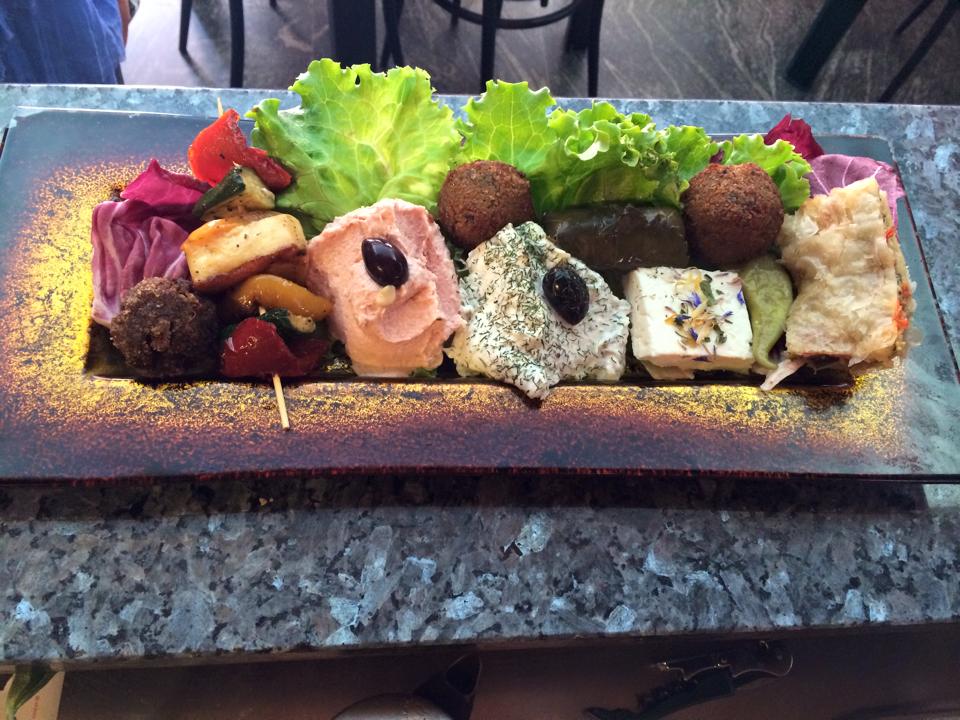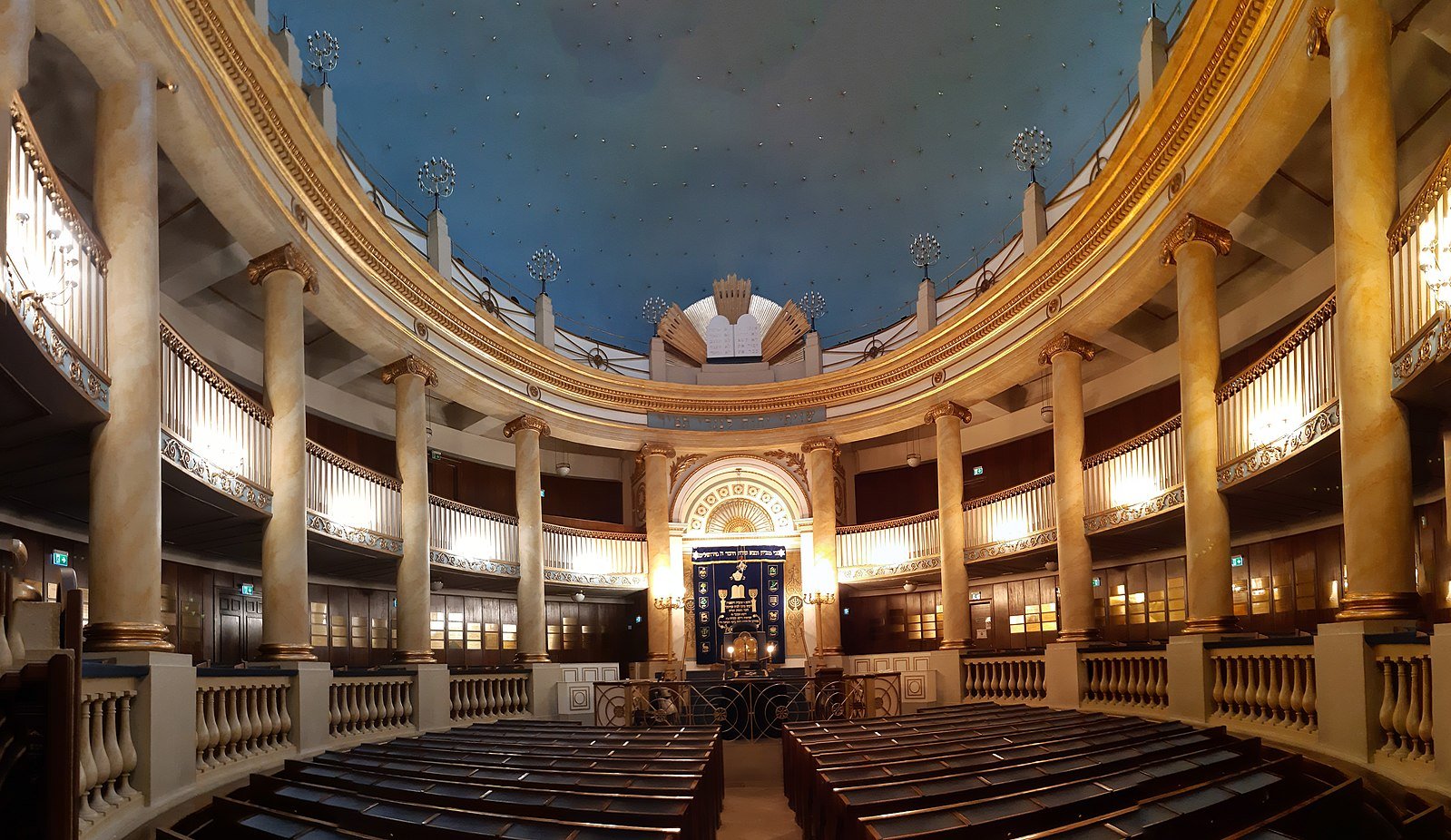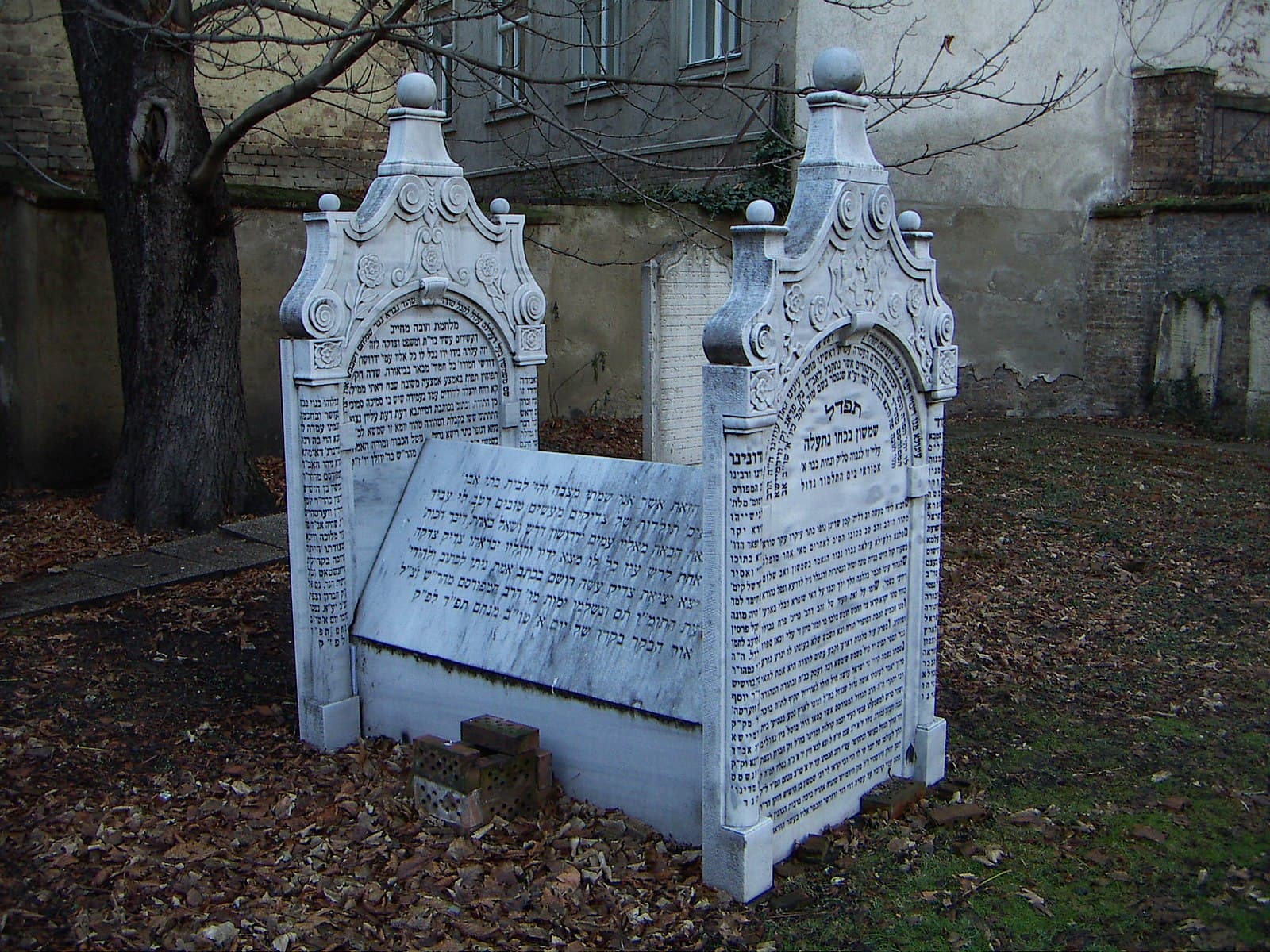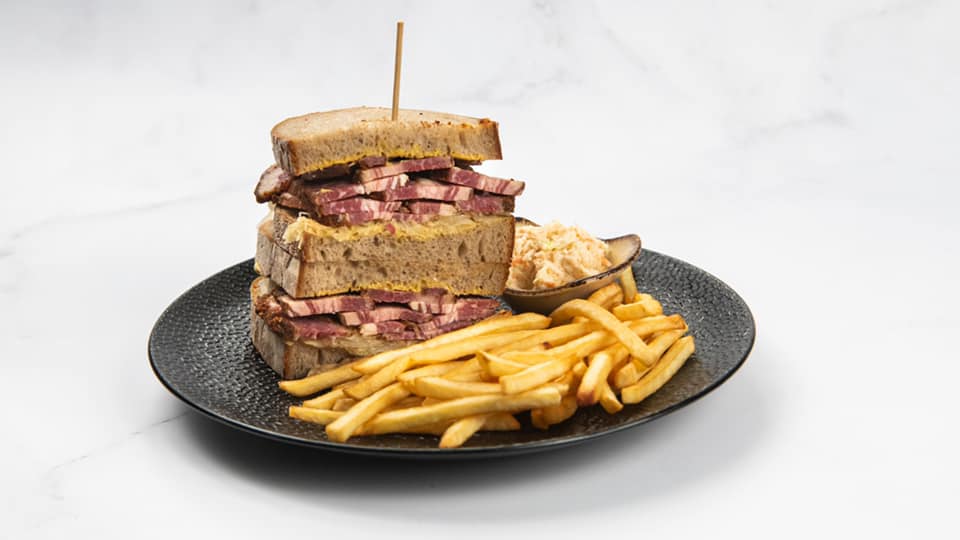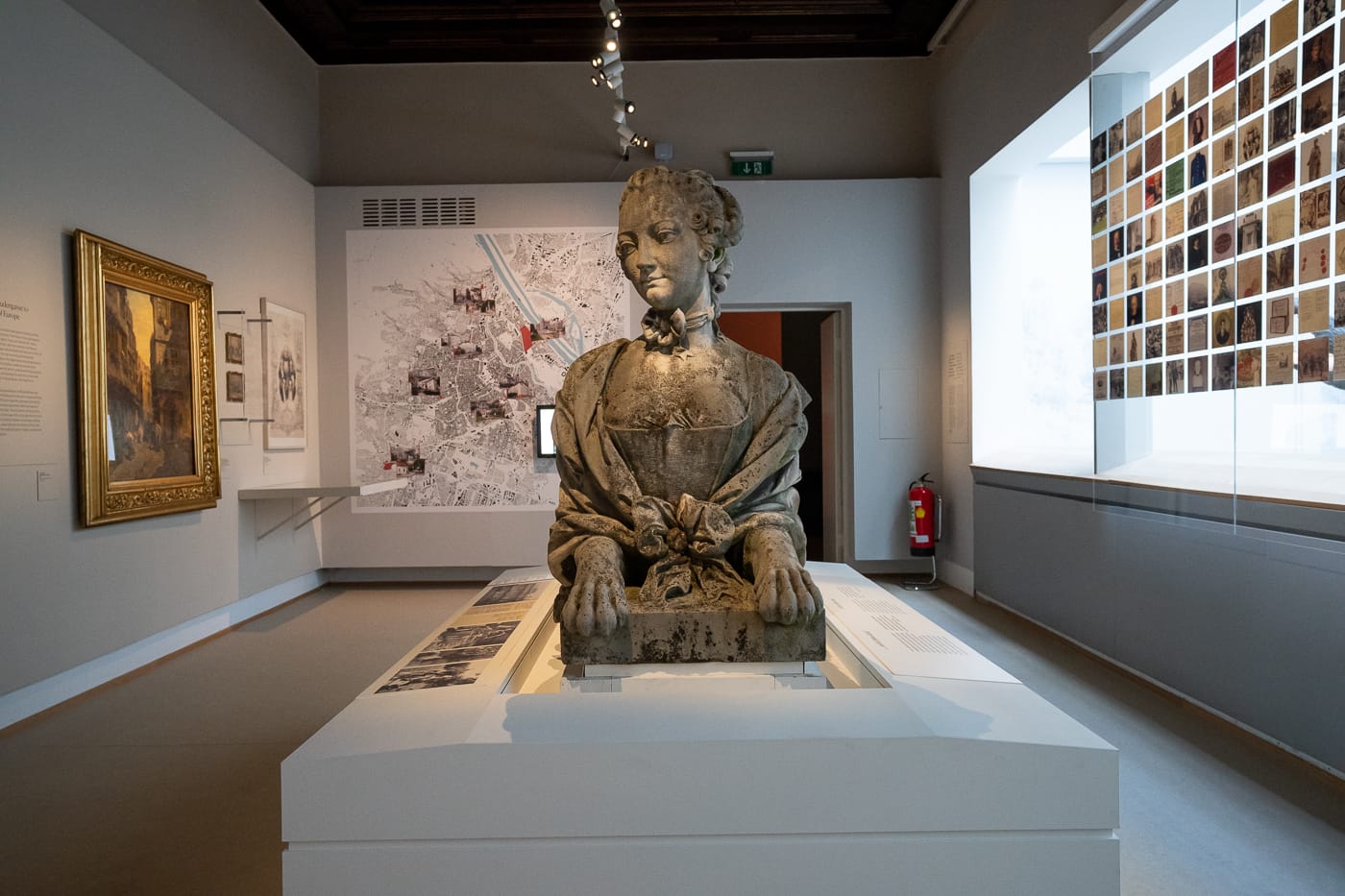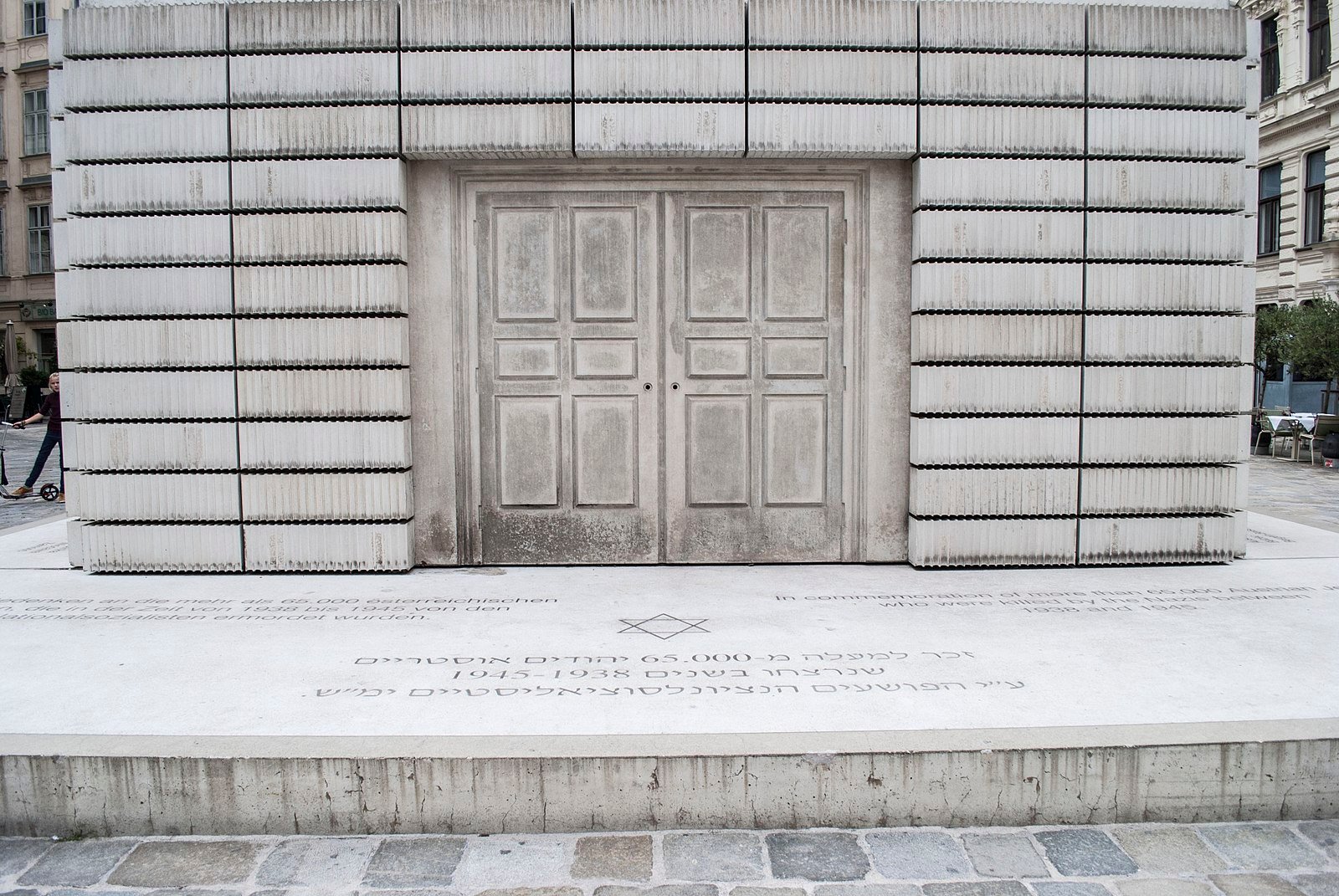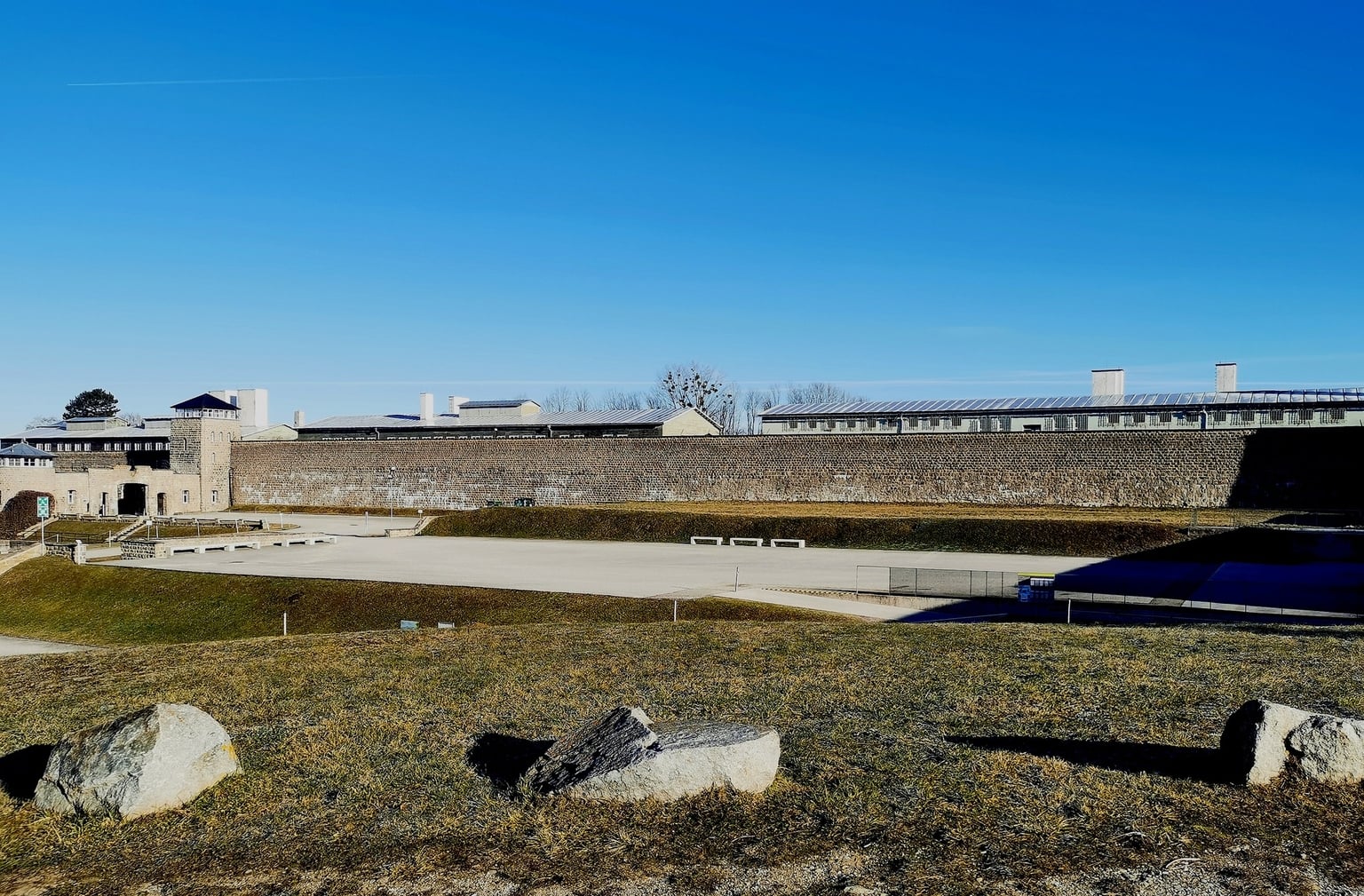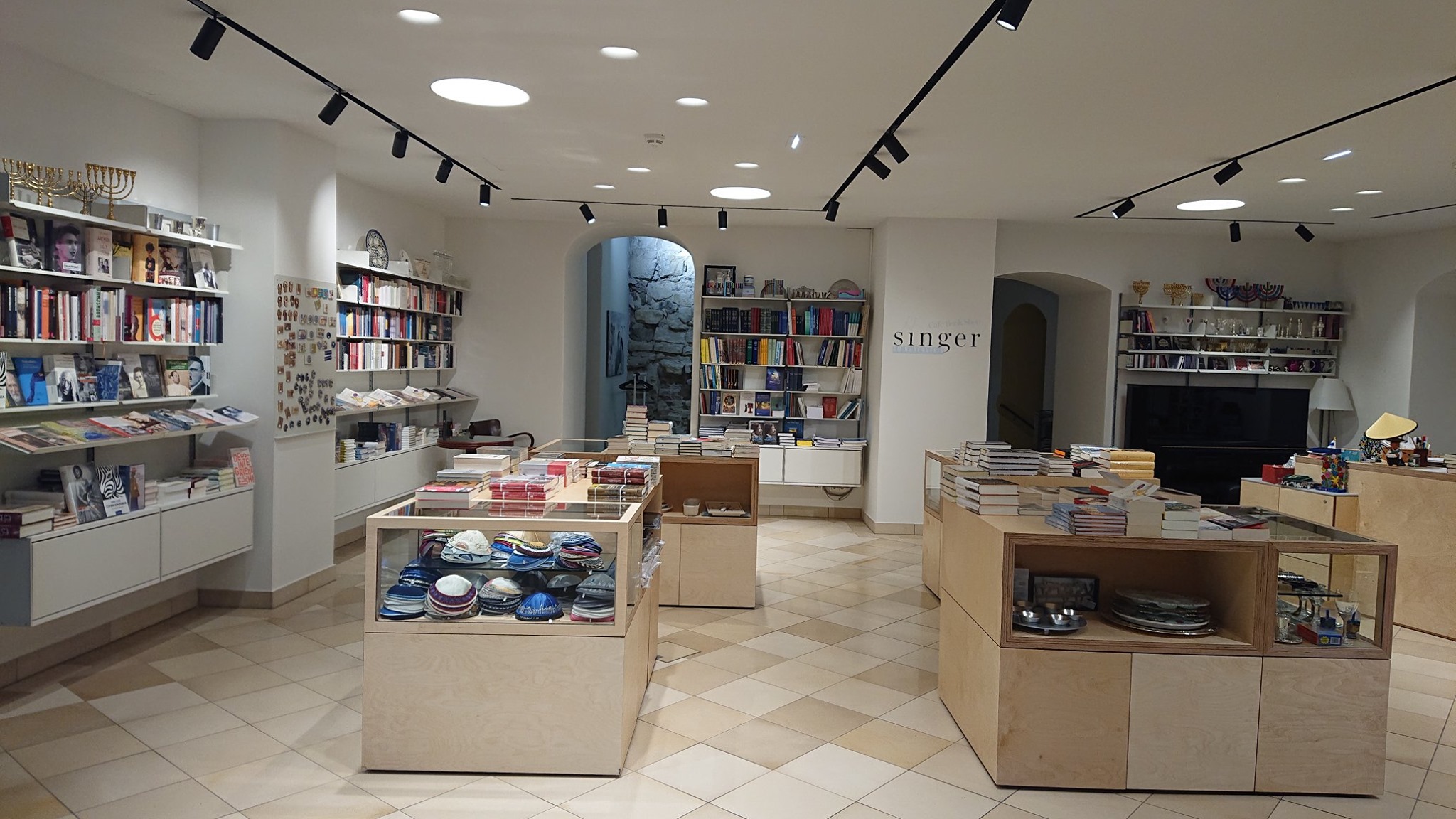King Solomon Restaurant, the oldest kosher restaurant in the Czech Republic, offers the very best of traditional Jewish cuisine from Central and Eastern Europe. We welcome you to discover for yourself the pleasure of dining with the very best in kosher culinary experiences.
After over 10 years in the market, we have established a world-renowned reputation for excellent cuisine in the charming neighborhood of the Jewish Quarter of Prague. We offer only the best from our Czech breeders – veal, fallow deer, lamb and A class kosher chicken. Poultry of the highest quality is imported from the top breeders in France, Belgium and Austria. Many of our standard meats and ingredients also carry bio certificates or „highest quality of origin” certificates. Fish (preferably local) is served fresh. We are strongly opposed to mass killings of breeds and we do not support wasteful usage of resources to transport products from around the globe.
On our menu you will find many traditional Jewish dishes from our region, such as Golden chicken broth with matzoh dumpling and almonds, Gefilte fish in vinegar jelly with grated beetroot, Veal Kishke tripe filled skins, Duck leg baked in soulet, Lamb in thick carrot sauce, Deer back with latkes, Homemade breads or great oriental salads like Houmous, Tahini or Matboucha.
We invite you to enjoy King Solomon Kosher Restaurant for intimate family celebrations, business meetings or casual get-togethers over a glass of wine. Our top priority is to provide our guests with the best possible service and we take pride in indulging your palate!
King Solomon Restaurant, located in the heart of the Jewish Quarter of Prague, has built a distinguished reputation with its customers, thanks to its superior foods and excellent services. Our clients choose to dine here because they appreciate the great taste and healthy benefits of our meals in comparison with more commonly accessible foods. Our products and services, which were first introduced to the market in 1993, are desired by both religious and nonreligious customers alike. Guests return time after time for our meals due to the natural, kosher way of processing poultry, veal, turkey, and other meats.
We are the first and only restaurant in the Czech and Slovak Republics which brings premium products from its very own breeders. All our other products are only imported from the best in their specific fields, entirely kosher and whenever possible, organic. We offer only the best products from the best locations.
Our Purpose in Kashrut
Samson Kosher Food Corporation Ltd. has two rabbis on staff, more than you will find in other Czech and Slovak producers. We are proud to be the only processers of kosher meat who, by following strictly observed rules, monitor the sharpness of the knife every six minutes. A team of mashgichim are in charge of overseeing production in our processing plants. All our shochtim and mashgichim are Bney Torah and have studied for many years in the most famous Yeshivas.
Our Mission
Our mission is not an easy one: it is to offer you the very best kosher foods and products, combined with the best services, and to go so far as to deliver to your doorstep. It is an honor for our employees to provide these services to you and they are ready to meet your needs at any time. Do not hesitate to ask about anything! Only within our company will you find such a wide range of organic products, variety of meats, homemade baked goods, fresh fruits and vegetables, as well as delicatessen and much more – all kosher of course!
